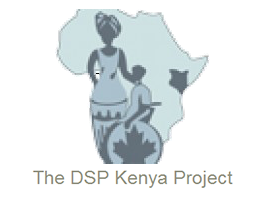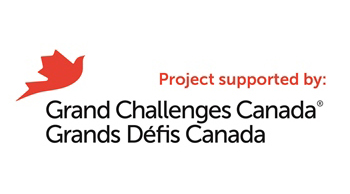3.1 – What are the rehabilitation interventions that address impairments common among people living with HIV?
3.1.2: Sensory functions and pain
Pain is commonly experienced by people living with HIV at all stages of the disease process. Pain prevalence ranges from 54% to 83%. This pain is often of moderate to severe intensity which has a negative impact on physical functioning.2
Pain rehabilitation techniques include electrotherapy modalities, cryotherapy and massage, as well as exercise prescription and education. Other sensory impairments, including difficulties related to sight, hearing and vestibular control are also experienced by people living with HIV. These may be managed by environmental modifications, provision of assistive devices and education.
These impairments may be caused by the HIV infection itself, one of the many opportunistic infections associated with HIV or toxicity or side effects of various HIV-related medications. Potential causes of these impairments and rehabilitation interventions are shown in the table below.
Table 3.1.2: Clinical Aspects of Sensory Impairment
| Impairments | Possible Etiologies | Rehabilitation Interventions3 (for details, see Section 3.3) |
|---|---|---|
Visual loss |
Viral (e.g., CMV, HSV, VSV) Parasitic (e.g., Toxoplasmosis) Fungal (e.g., PCP) Bacterial (e.g., Cryptococcus) Malignancy (e.g., Kaposi’s sarcoma, Burkitt’s lymphoma) Ischaemia Cranial nerve involvement Diabetes-related Side effects from medication Pre-existing (e.g., cataracts) |
|
Auditory impairments (including hearing loss, tinnitus and otalgia) |
HIV (the virus itself) Opportunistic infections Lesions in the central nervous system Medication-related Pre-existing |
|
Vestibular impairments (including dizziness and poor balance) |
Otitis media Side effects of medication Visual impairment |
|
Pain (acute and chronic) |
Musculoskeletal pain (inflammatory or non-inflammatory) Secondary processes, inactivity or deconditioning Joint pain caused by bacterial infections, arthritis and medication Central nervous system lesions (parasitic, fungal, bacterial, fungal or malignant) Peripheral neuropathy (HIV or medication-related) Myelopathy (e.g., secondary to CMV) Systemic pain (e.g. malignancies, pleurisy, esophagitis, myocarditis, colitis) Exacerbation of pain by lack of sleep, anxiety or depression Impact of life situation (stress, finances, etc.) |
|
Sensation changes (including numbness, burning or tingling) |
HIV Peripheral neuropathy |
2Parker R, Stein D and Jelsma J. Pain in people living with HIV/AIDS: a systematic review.
Journal of the International AIDS Society. 2014:17:18719.3Choice of rehabilitation interventions will depend on patient assessment and available resources.

 Previous Page
Previous Page




